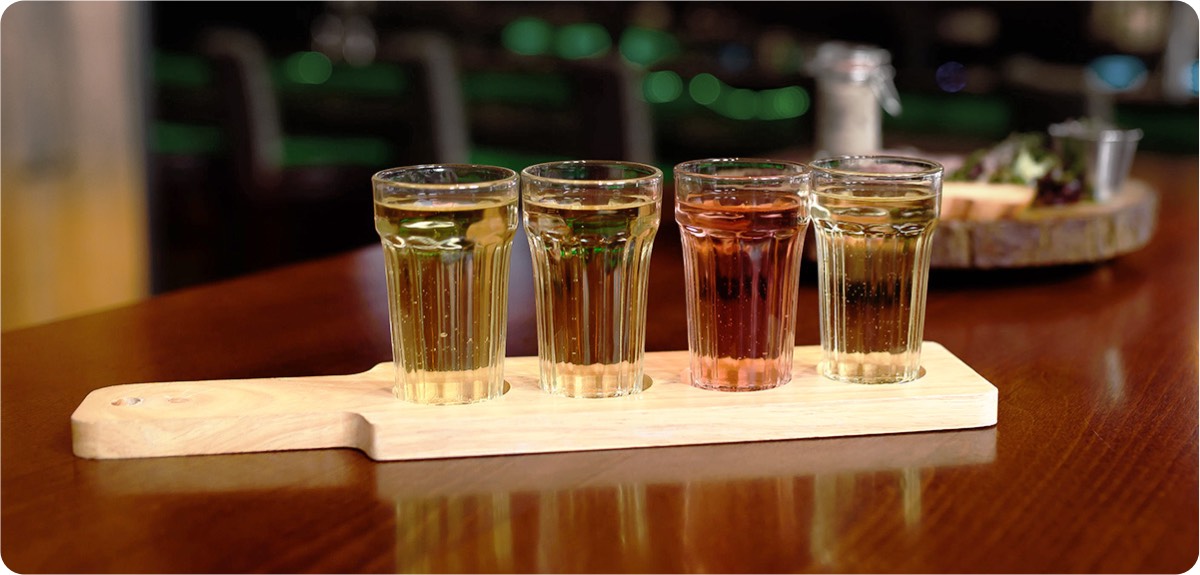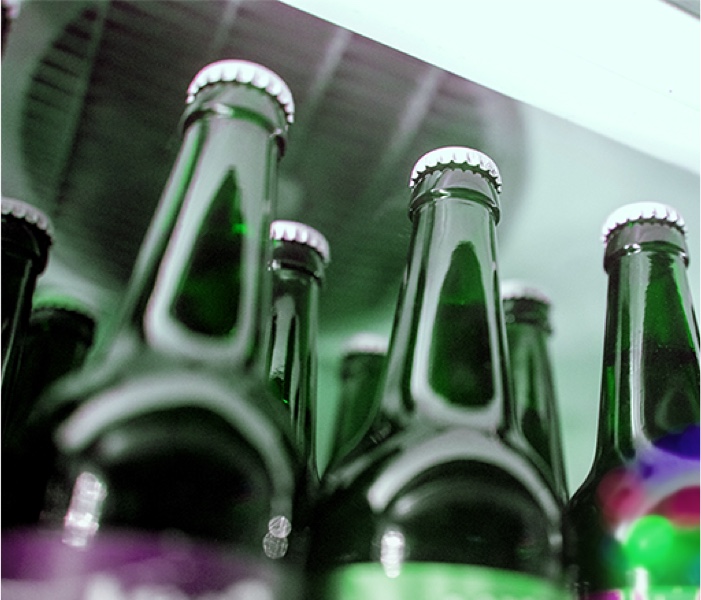Lack of a Clear Definition or a
Worldwide Common Standard for Ciders
Contrary to the wine, spirits or beer category, there is currently no established clear understanding or definition of what a cider should actually contain. There are also several cider brands currently sold on the market that are categorized as ciders but since they barely content any apple juice, should really not be sold as ciders. The result has been a fair bit of confusion amongst consumers of what exactly is a cider as well as what to expect from the cider category.
There is also considerable frustration on the part of cider producers that make genuine ciders from real apple juice of having to compete head-to-head with pseudo ciders made with no apple juice. With a few exceptions, there is also no credible institution or regional governing body overseeing cider standards.




